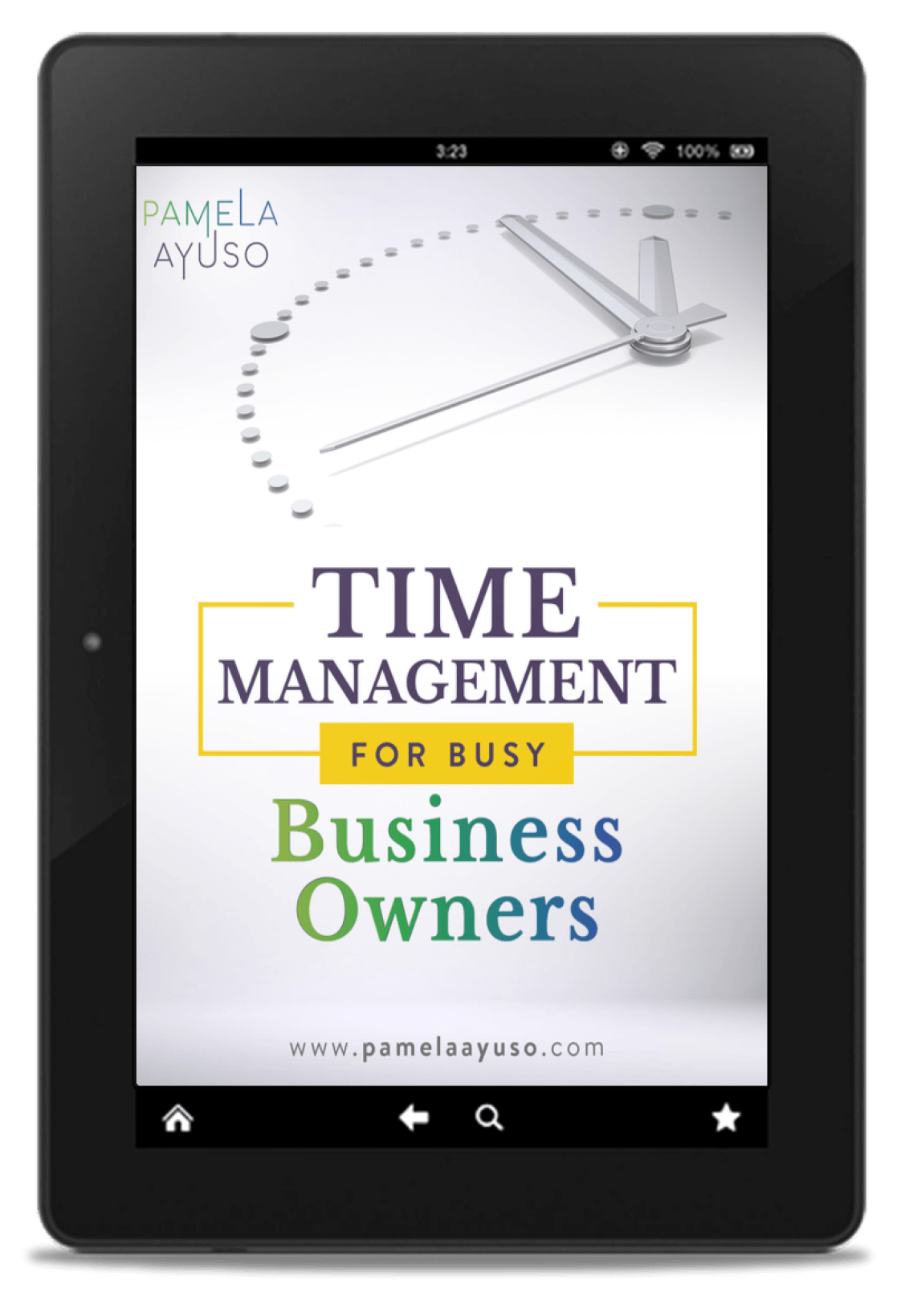I have spent the last year and a half implementing some of the ideas that Ray Dalio describes in his book, Principles: Life and Work (public library). The book holds great concepts and theories that apply to any company. I recommend spacing out the content and new implementations so that you can ensure that what you’ve rolled out in the past has been fully integrated before moving on to a new idea
One of the concepts that has had a significant impact on our company is the issue log. Dalio implemented it as a management tool in his company, Bridgewater Associates. In his words, this is how it works:
“The Issue Log is our primary tool for recording our mistakes and learning from them. We use it to bring all problems to the surface, so we can put them in the hands of problem solvers to make systematic improvements. It acts like a water filter that catches garbage. Anything that goes wrong must be “issue logged” with the severity of the issue and who is responsible for it specified, so that it’s easy to sort through most problems. Issue logs also provide paths for diagnosing problems and the information pertaining to them.”
– Principles: Life and Work, Ray Dalio
![[Photo: Michelle Tan/Unsplash]](/wp-content/uploads/2021/01/michelle-tan-QhE0IA1Zo7w-unsplash.jpg)
[Photo: Michelle Tan/Unsplash]
I was fascinated with the issue log as a way to identify the errors in the design of a company’s structures and workflows. It also helps people see mistakes as a regular occurrence and to humanize errors.
The idea of the issue log is the latest one I have added to our repertoire of tools. I designed it as simple as possible – it is just a spreadsheet that we have shared across the company, and anybody can modify it.
We have columns for the date, the issue, who is recording it, what team is responsible, whether the problem has been closed, and what the resolution is. When we first started using it, it took some time for people to understand how to use the tool fully. Often employees wouldn’t log every issue or update them once they had resolved them. Details within the issue were often omitted, which left us limited solutions for avoiding the problem in the future.
When people started including more information, I began to see its benefits. I noticed identical problems that bridged several departments. Many of these issues were hard to solve if you could only see the problem from the perspective of one team.
Sometimes the same problem was entered more than once, but both entries looked like different issues since they mentioned them from different angles. When the problem appeared more than once, especially if different people had logged it, I took it as a sign that the problem was entrenched or that it was having a large impact across departments. In order of priority, I took the lead on solving all the initial issues, because many of the items spanned more than one department. I had heard parts of some of the problems before, but once they were in the log and explicitly laid out, their root causes were easier to find.
The main issue we discovered was related to communication between departments – one team was not informing the other with enough detail or on a timely basis. For instance, we found that one of our departments was not communicating with another team all the details they needed to do their work on time.
We developed a report that we designed to communicate from the first team to the next group the type of work they needed to do. Because we had planned it a year before, the first team had not remembered to use it and had instead developed a parallel spreadsheet-based report.
![[Photo: Mitchell Luo/Unsplash]](/wp-content/uploads/2021/01/mitchell-luo-nW4c716rEsg-unsplash.jpg)
[Photo: Mitchell Luo/Unsplash]
The spreadsheet was functional, but it wasn´t working because it didn’t have all the information. When I saw this issue, I told the teams that I thought the original report would work much better. They all agreed and had a training meeting in which they decided to work with this document and even improved it. We haven’t had another problem in that space again.
I haven’t finished going through the spreadsheet because people are taking ownership of the issue log and recording any problem. Every time I open it, however, I continue to be impressed with how useful such a simple tool can be to helping a company run smoothly. For other great ideas in Principles: Life and Work, read my articles here and here.
Dalio, Ray. Principles: Life and Work. New York: Simon & Schuster, 2017. E-book.



